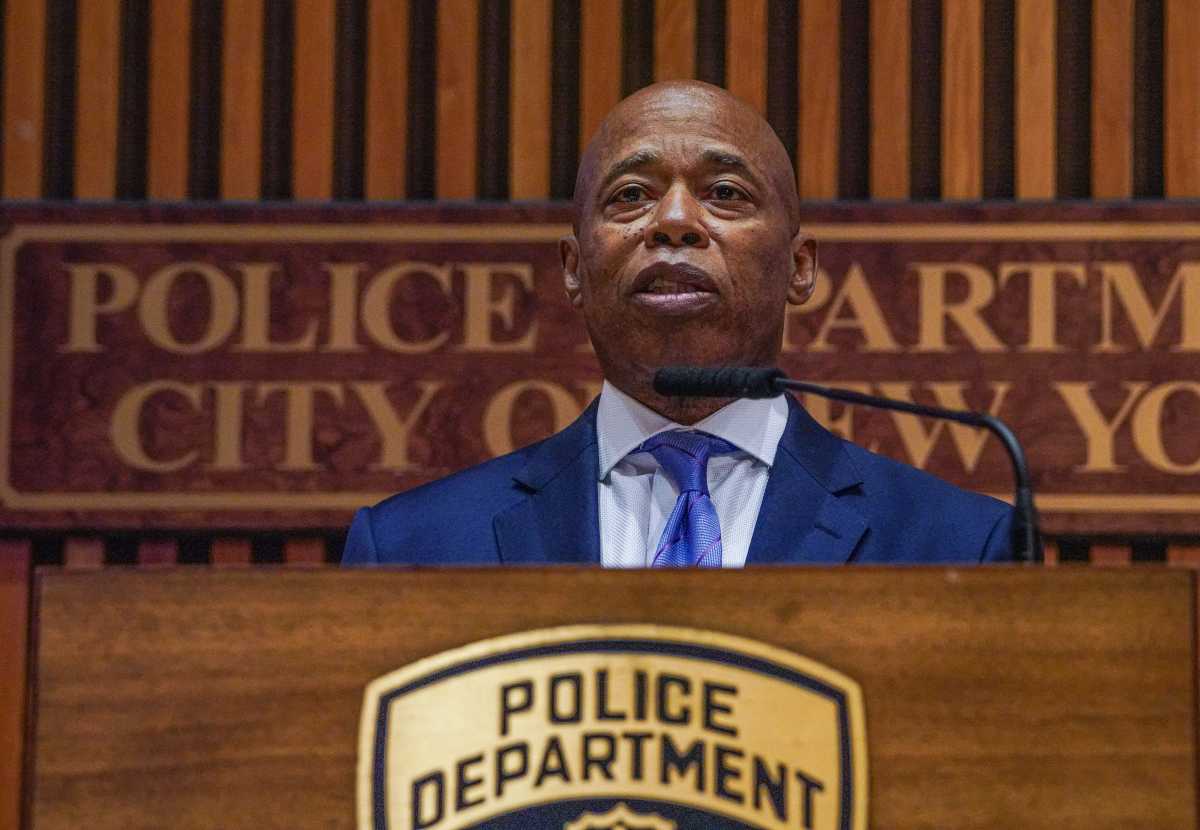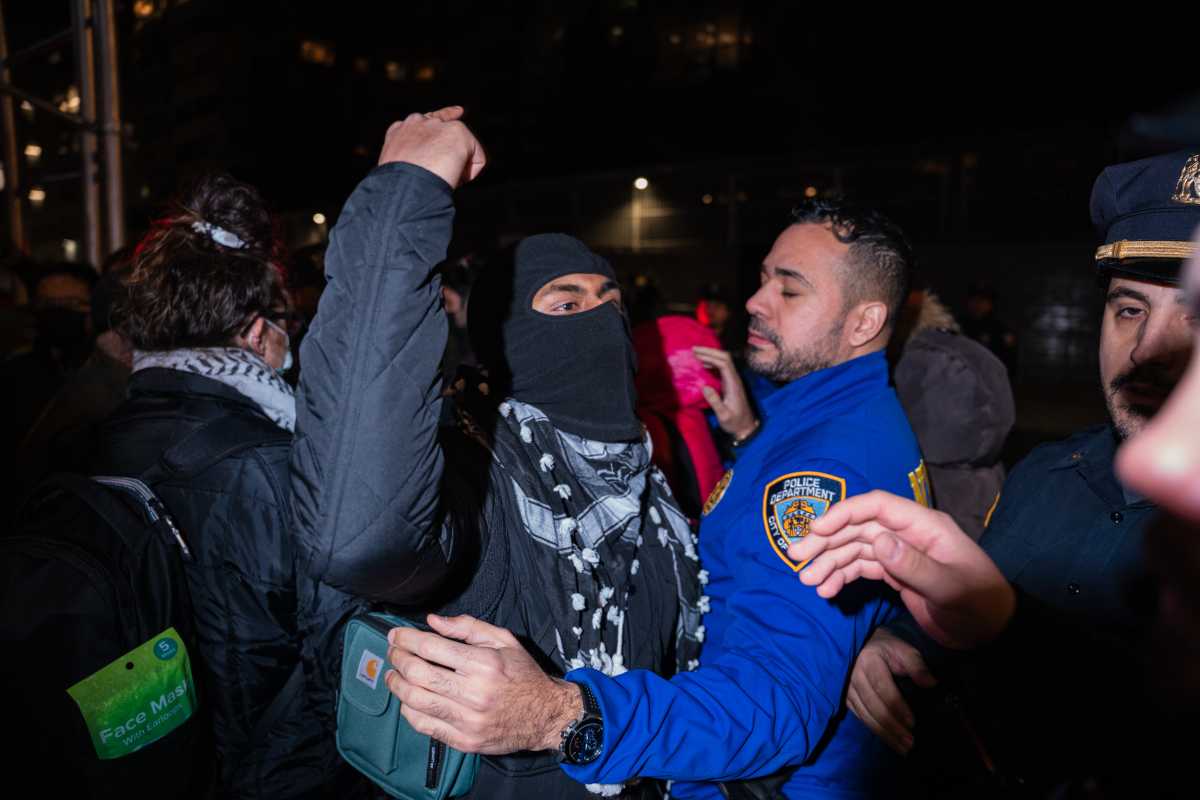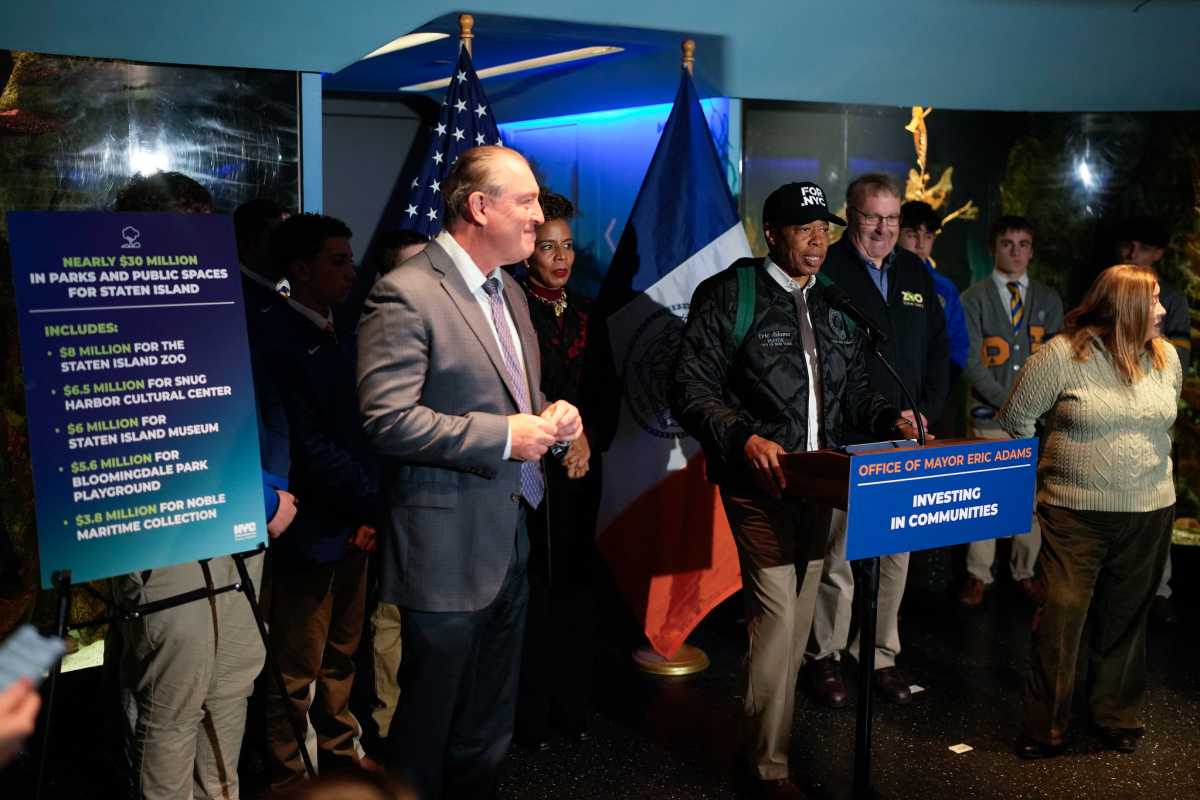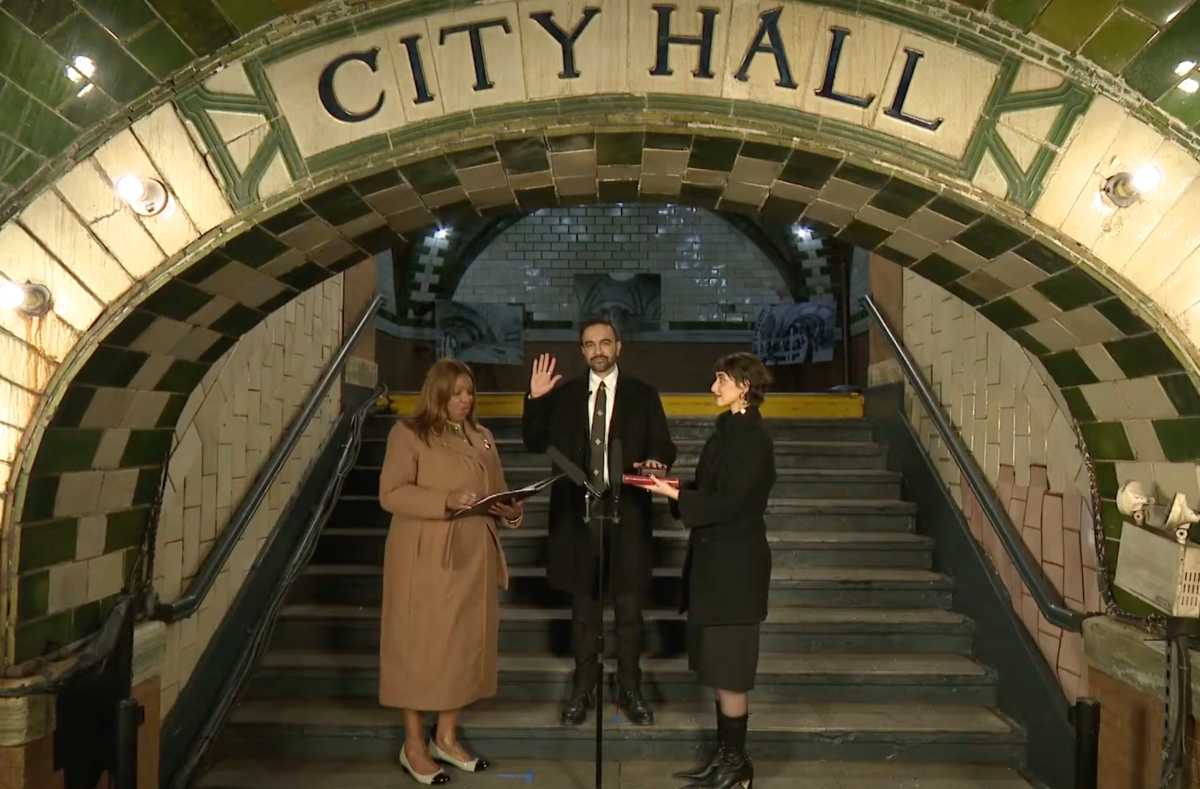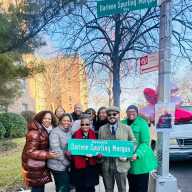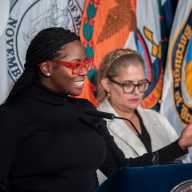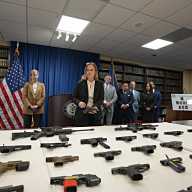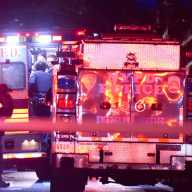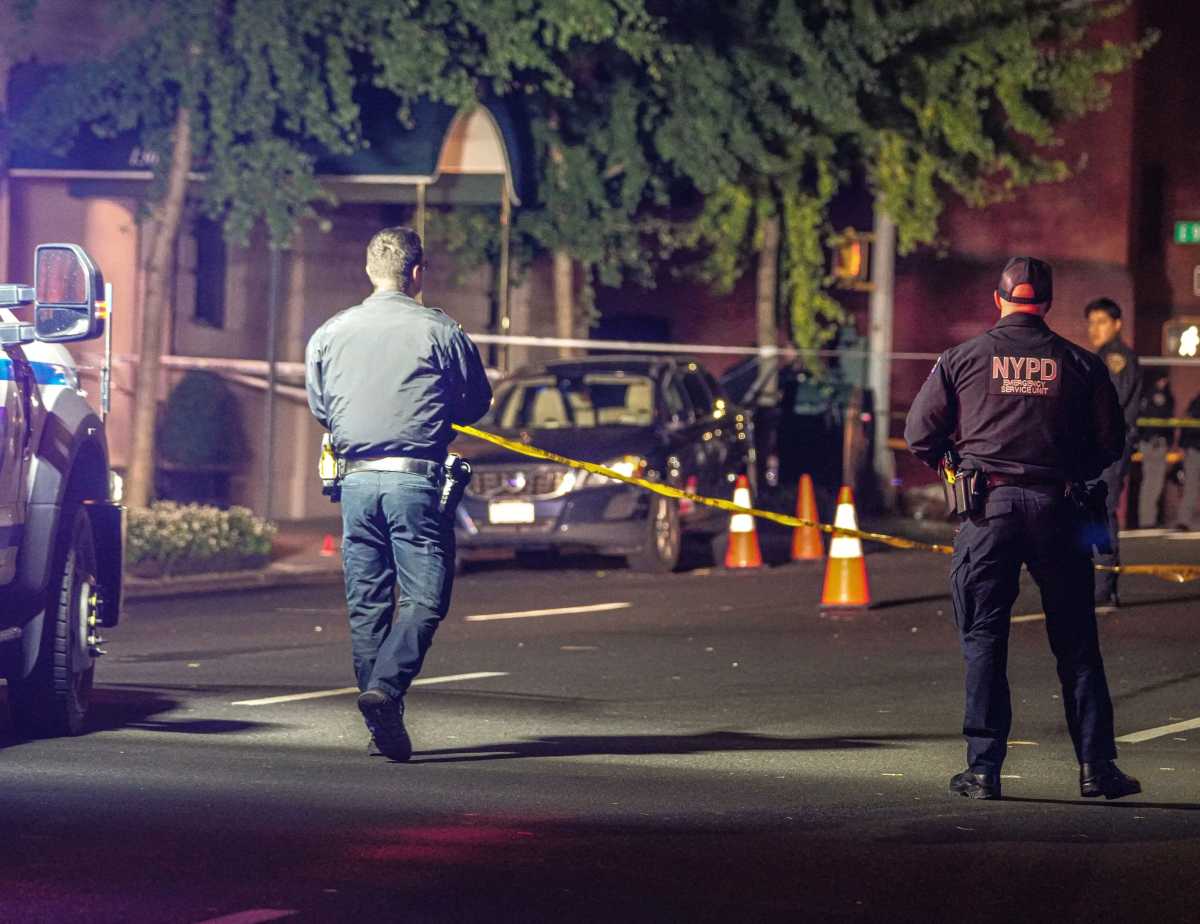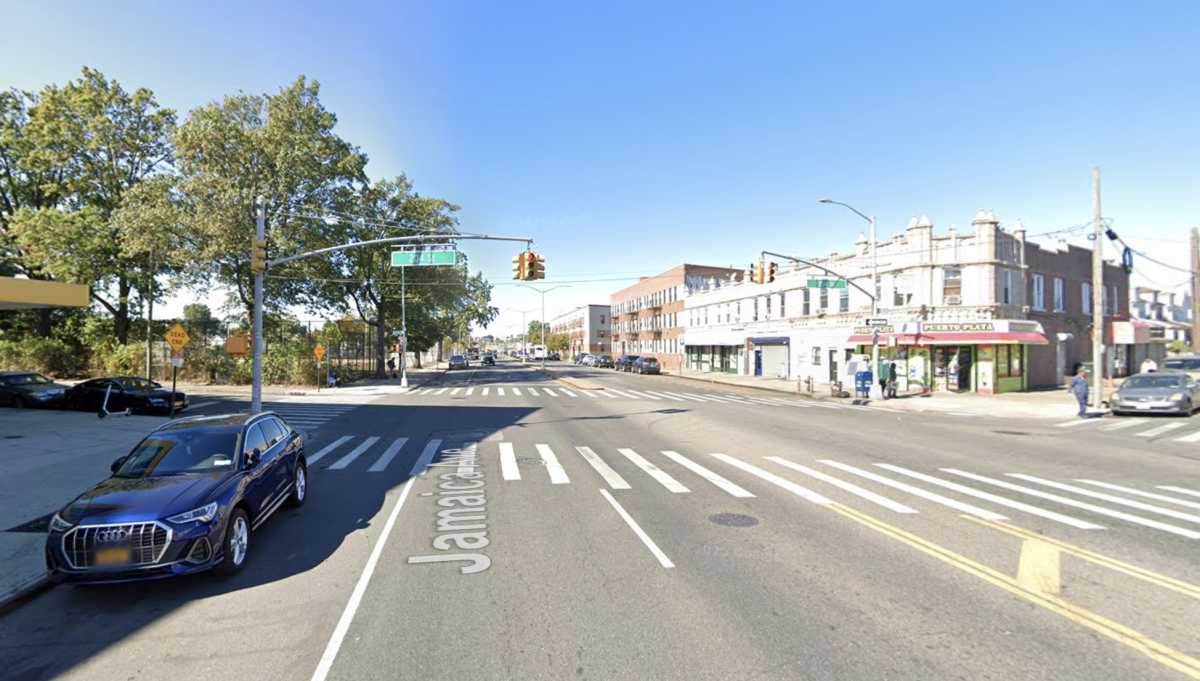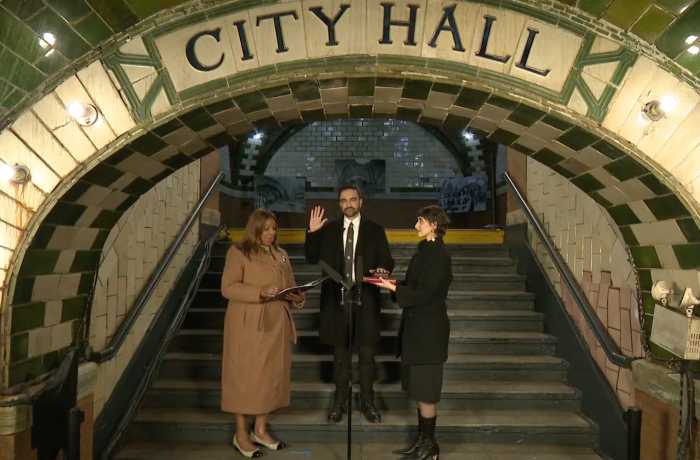By Prem Calvin Prashad
With a contentious election just days away, some Americans are increasingly concerned about the integrity of the voting process as well as their access to the ballot box. Although for supporters of Republican nominee Donald Trump, this presents an unfounded and nihilistic belief in a “rigged election,” for some Americans there are concerns that they may face discrimination or intimidation at polling places. For others, a basic right of access – a ballot they can understand, is not guaranteed.
The American Community Survey, a data collection effort that branched off from the U.S. Census in 2005, is administered to 3.5 million households a year and tracks ancestry, education, language spoken at home, employment and other vital statistics. The data provides insight on a number of public and private organizations and in theory helps policy makers formulate decisions. One of the uses of the ACS data is to visualize communities of color through native languages.
A data visualization project by Brooklyn web developer Jill Hubley utilized the 2014 ACS data to map languages spoken most frequently at home in New York City. Though English is the language of the vast majority of households in New York City, with Spanish a distinct second, removing those two languages reveals a fascinating look at the ethnic makeup of the city, from pockets of Italian in Howard Beach and the Rockaways, to broad stretches of Chinese and Korean-speaking households in eastern Queens.
A lack of specificity in the survey questions is the likely reason why Richmond Hill and Jackson Heights are categorized by “Other Indic Languages,” rather than Bengali or Punjabi. The visualization went on display at the Queens Museum the weekend of Oct. 29- 30, in the Geospatial Information Systems exhibit entitled Map Mosaic: From Queens to the World. The map can be viewed online at jillh
What does this mean for the elections? The city Board of Elections has struggled thus far with a mandate to provide ballot translation and access to interpreters for elections. Pursuant to the 1965 Voting Rights Act, a municipality must provide translation when 10,000 persons or 5 percent of voting age persons constitute a single-language minority or are Limited English Proficient. Though the U.S. Supreme Court struck down provisions of the act in 2013, the city has continued to administer this access requirement, particularly for Russian, Bengali, Punjabi and Hindi. The city has also made recent efforts to increase access to translated voter registration forms. Though serious incidents have largely been avoided, there are recorded cases of voters being sent home from polling places, improperly asked for identification and faced with depleted supplies of translated ballots.
Some organizations, such as the APA VOICE coalition, made up of civic engagement groups in the borough, attempt to raise turnout, particularly in Asian-American communities, where in 2014, according to the organization, just 14.9 percent of registered Asian American voters cast ballots. The organization also notes that in addition to having the lowest turnout by racial group, nearly a third of these voters are unaffiliated and therefore unable to participate in the party primaries. Nationally, civil rights groups such as Asian Americans Advancing Justice have set up voter hot lines to assist voters seeking information in eight languages.
An April 2016 report from city Comptroller Scott Stringer’s office also recommends a voter language hot line to assist voters, based on an existing model in Philadelphia. The report set out 16 points to improve voter reform in New York City.
There have been recorded cases of voter fraud in the United States this year. However, the most egregious violations involve improper marking of ballots by election workers, as well as individuals attempting to vote twice, by absentee and then at polling sites. As is the case each year, alleged talking points about non-citizens (or the deceased) voting in elections fail to materialize, consigned to innuendo and the talking points of the far right. These claims have no place when it comes to protecting the rights of the newest American citizens to participate in elections. Voters who do face barriers to language assistance or are intimidated at the polls may file a complaint with the Civil Rights Bureau of the New York State Attorney General’s Office, which handles violations of the Voting Rights Act.

